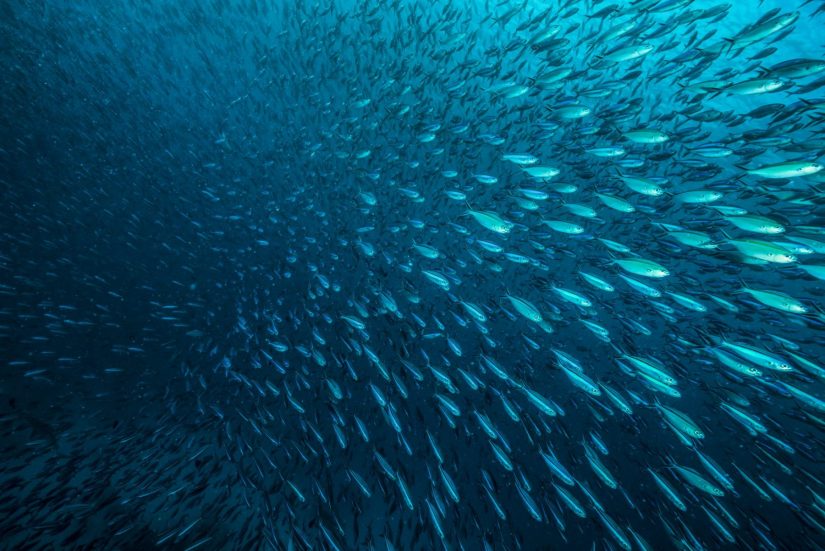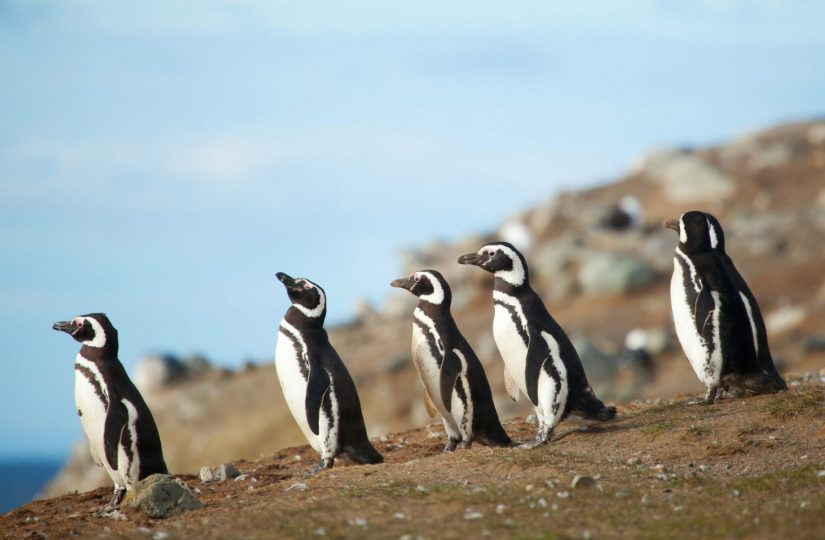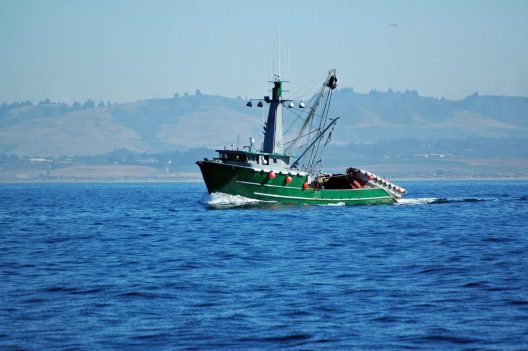Model reveals new details about the relationship between seabirds and forage fish fisheries
Forage fish, like anchovies and sardines, are a dietary staple for seabirds. Around the globe, seabirds have adapted in order to cope with natural changes in the availability of these prey fish. However, increased fishing pressure on these forage species is thought to be altering this predator-prey relationship in an adverse way for seabird populations. The natural ability of seabirds to cope with changes in prey abundance makes it difficult for researchers to determine if they are responding to natural processes or to human fishing practices.
Previous research has predominantly explored the potential impacts of forage fisheries on seabirds by using ecosystem models that simplify seabird-forage fish dynamics. For example, past models may have averaged the behaviors of many different species of seabirds and rarely focused on an individual species or population.
To address this management issue and separate whether the impacts were the result of natural variability in seabirds or fishery activity, a team of researchers from the University of Washington School of Aquatic and Fishery Sciences (SAFS) took a closer look at seabird life history and forage fish harvest policies.
The research team, led by SAFS postdoctoral researcher Laura Koehn, developed a new structured population model that can be tailored to fit specific seabird populations, providing a new level of detail to the seabird–forage fish dynamic. The results were published July 4 in Ecological Applications.
“In the models we created we tried to address multiple ways seabirds could be affected by focusing on different seabirds and their lifestyles and incorporating more details about their individual life histories,” said Koehn. “So we were thinking about things like diet specialization; which seabirds prefer anchovies or sardines versus seabirds that are more generalist.”
In addition to diet, the new model also looks at age, reproductive strategies and success, and age-specific prey needs. The team also explored how the intensity of fishing pressure impacted seabirds within these frameworks.
In one simulation, the model showed seabirds that were somewhat restricted by reproduction, foraging range, and specialized diets experienced a decrease in population, and in some cases, extinction, due to constant fishing pressure. Conversely, seabird populations that lay more eggs, wider ranges, and a more generalist diet, did not experience the same adverse reactions to fishing pressure.
The sensitivity in these responses was mainly due to the availability of prey rather than other life history characteristics. Particularly, the more restricted seabird population was highly sensitive to the relationship between prey availability and adult survival but was not sensitive to the relationship between prey and reproductive success.
The team then incorporated a biomass limit into their model—a precautionary harvest rule where fishing stops when the biomass of forage fish reaches a low level. The results suggest seabird abundance is significantly higher with a biomass limit imposed compared to a constant fishing scenario, while also having minimal trade-offs to the fishery.
Equally important are the types of forage fish harvested as different species each have unique growth and natural mortality rates which can influence the projected seabird populations.
Koehn notes that while this is not the first paper to show the benefits of a biomass-limit control rule, it does provide further support for more precautionary control rules in forage fish management by using a model that captures the complexities of seabird–forage fish interactions.
The added benefit of this type of model is that it can be used as a template and applied to different fisheries and bird populations around the world.
“Tailoring forage fish management strategies to forage fish and seabird life history can lead to mutually acceptable outcomes for fisheries and seabirds,” said Koehn. “Moving forward, if there are no resources to develop new models for specific populations, a precautionary biomass-limit harvest control rule may meet both conservation and fishery objectives.”
This research was funded in part by the Tomlinson Endowment to the University of Washington School of Aquatic and Fishery Sciences and the Pew Fellowship in Marine Conservation.
The paper’s lead author is UW postdoctoral researcher Laura Koehn. Tim Essington, UW SAFS, and Margaret Siple, University of California, Santa Barbara, are co-authors.
For more information, contact Koehn at laura.koehn216@gmail.com.


